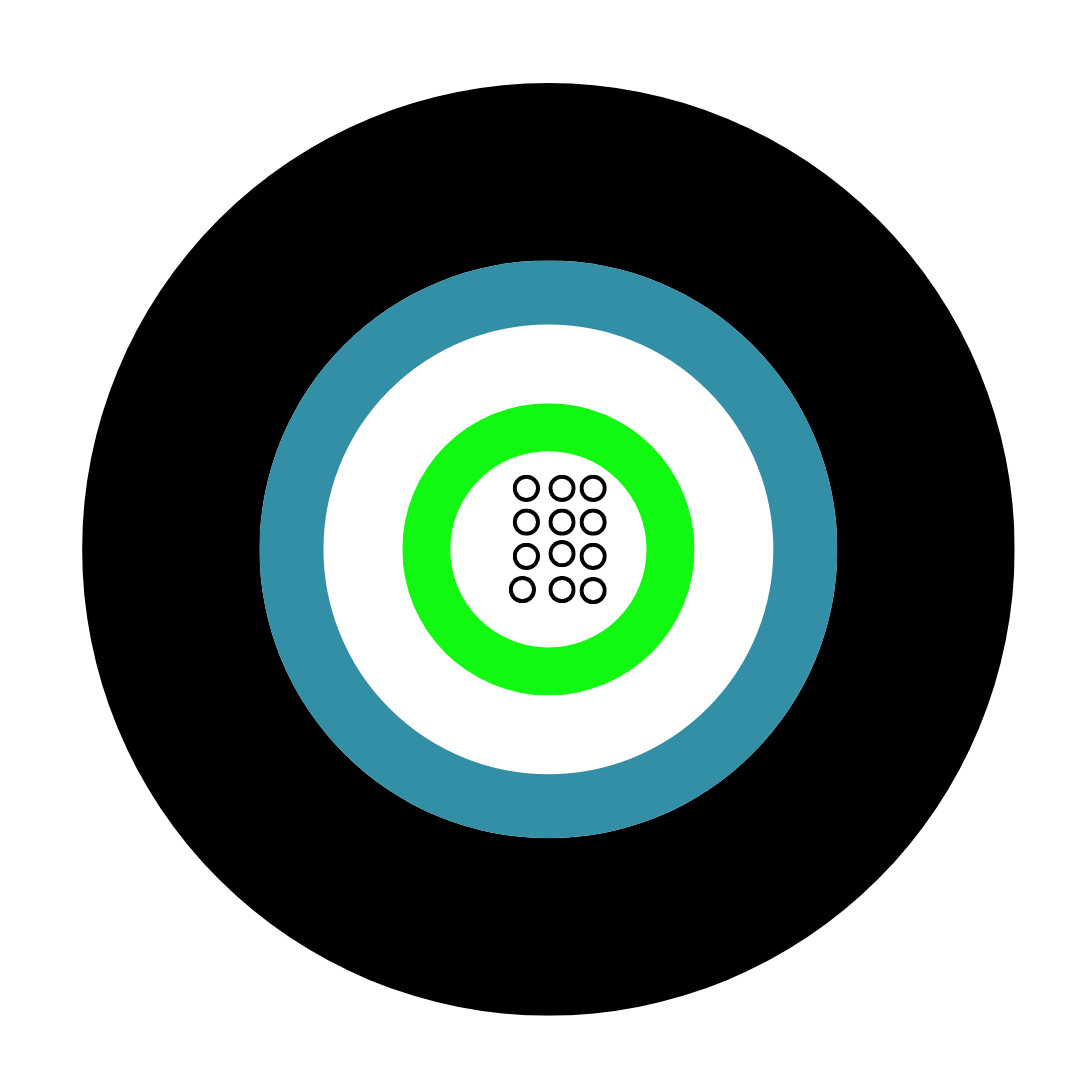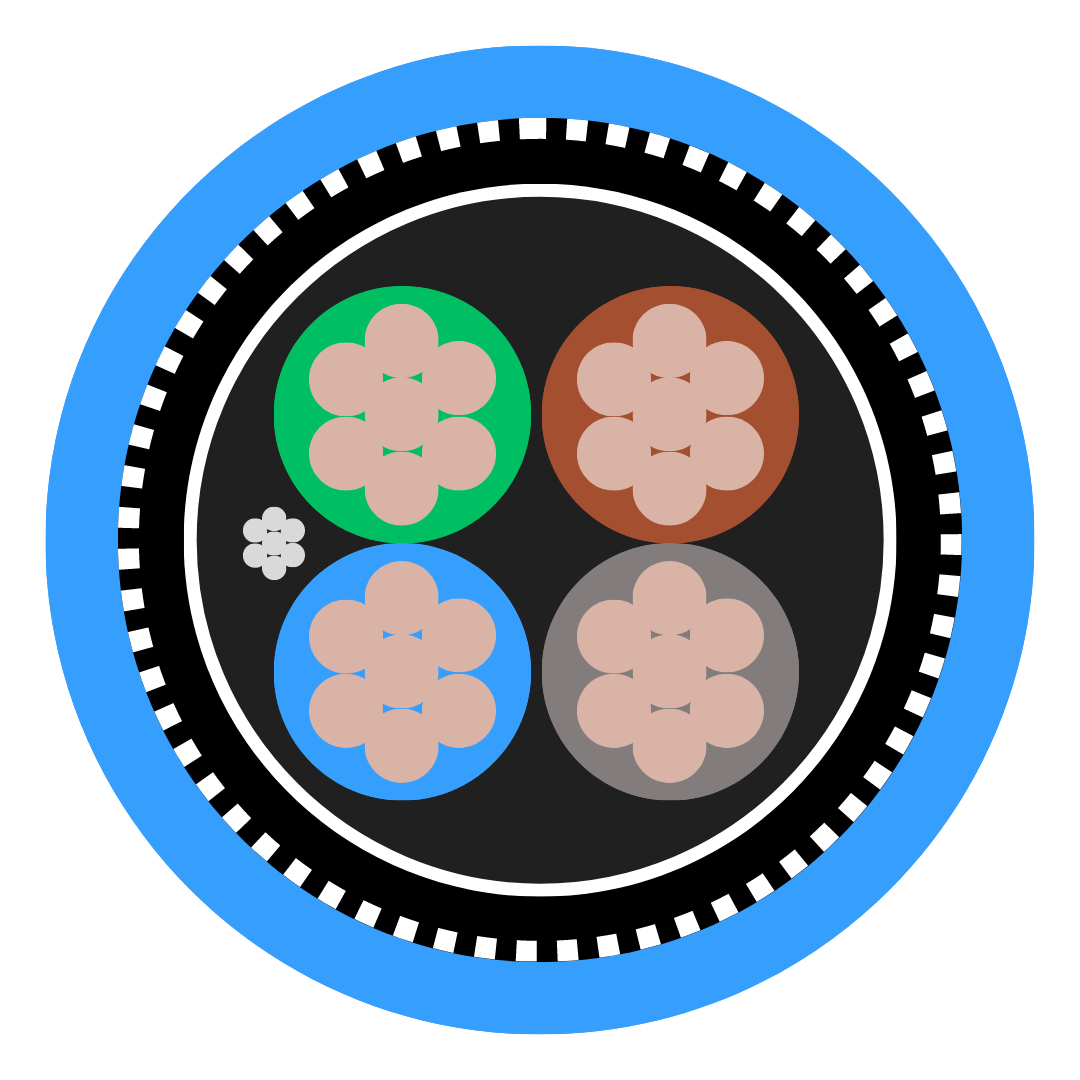There is still lots of confusion within the industry over the differences between LSF (Low Smoke and Fume) and LSOH (Low Smoke Zero Halogen) cables.
LSF cables, in the case of data, signal and control cables are made from a modified version of PVC and can still give off large amounts of black smoke and hydrogen chloride gas when burned.
Black smoke can obscure exit routes in the event of a fire and hydrogen chloride gas can be deadly to both people and sensitive equipment.
LSOH cables are those that, when exposed to fire emit no more than 0.5% hydrogen chloride. They are not the same as LSF cables.
LSF cables burn very quickly and give off black smoke. By contrast LSOH cables burn cleanly when exposed to the same heat source.
Worth remembering when deciding on the cheaper LSF option to save money or the more expensive LSOH option which saves lives.
Frequently Asked Questions;
What is the difference between LSF and LSOH?
LSF (Low Smoke and Fume) cables are made from a modified version of PVC and can emit large amounts of black smoke and hydrogen chloride gas when burned. This black smoke can obscure exit routes during a fire, and hydrogen chloride gas can be harmful to both people and equipment. On the other hand, LSOH (Low Smoke Zero Halogen) cables, when exposed to fire, emit no more than 0.5% hydrogen chloride and burn cleanly compared to LSF cables.
What is the difference between LSOH and LSZH?
LSOH stands for Low Smoke Zero Halogen, while LSZH stands for Low Smoke Zero Halogen as well. They are essentially the same and the terms are used interchangeably. Both types of cables are designed to produce minimal smoke and toxic fumes when exposed to fire.
What is the difference between PVC and LSOH?
PVC (Polyvinyl Chloride) is a type of plastic used in many cables. LSF cables, which are a modified version of PVC, can produce large amounts of black smoke and hydrogen chloride when burned. LSOH cables, on the other hand, emit no more than 0.5% hydrogen chloride when exposed to fire and burn more cleanly than PVC-based cables.
What is the difference between CAT6 PVC and LSOH?
CAT6 PVC cables are made using Polyvinyl Chloride as the insulating material. CAT6 LSOH cables use Low Smoke Zero Halogen material as the insulator. The primary difference lies in their reaction to fire: LSOH cables produce minimal smoke and toxic fumes, while PVC cables can produce more smoke and toxic fumes.
What is the difference between LSF and PVC?
LSF cables are made from a modified version of PVC. While both are related, LSF cables are specifically designed to produce less smoke and fumes than regular PVC. However, they can still emit significant amounts of black smoke and hydrogen chloride gas when burned.
What are the disadvantages of LSF cable?
LSF cables can give off large amounts of black smoke and hydrogen chloride gas when burned. Black smoke can obscure exit routes during a fire, making evacuation more challenging. Hydrogen chloride gas can be harmful to both people and sensitive equipment.
What is LSOH cable used for?
LSOH cables are used in environments where safety is a priority, especially in areas with a high density of people or sensitive equipment. Their low smoke and minimal toxic fume emissions when exposed to fire make them suitable for places like hospitals, schools, public buildings, and data centres.
Is LSZH better than PVC?
In terms of safety during a fire, LSZH (or LSOH) is considered better than PVC. LSZH cables produce minimal smoke and toxic fumes when exposed to fire, whereas PVC cables can emit more smoke and harmful gases like hydrogen chloride.
What is an LSF cable?
LSF (Low Smoke and Fume) cables are made from a modified version of PVC. When burned, they can emit large amounts of black smoke and hydrogen chloride gas. This black smoke can obscure exit routes during a fire, and hydrogen chloride gas can be harmful to both people and equipment.
When should LSF cable be used?
LSF cables can be used in various applications, but it's essential to be aware of their properties. They emit significant amounts of black smoke and hydrogen chloride gas when burned. Therefore, they might not be the best choice for environments where safety is a priority, especially in areas with a high density of people or sensitive equipment.
What are the disadvantages of LSF cable?
The primary disadvantages of LSF cables are:
- They can give off large amounts of black smoke when burned, which can obscure exit routes during a fire, making evacuation more challenging.
- They emit hydrogen chloride gas when burned, which can be harmful to both people and sensitive equipment.
Where do you have to use Low Smoke cable?
Low Smoke (LSOH) cables are used in environments where safety is a priority. Their low smoke and minimal toxic fume emissions when exposed to fire make them suitable for places like hospitals, schools, public buildings, and data centres.
Alarm Cable
Arctic Grade Cable
Armoured Cable
Audio & Speaker Cable
Auto Cable
Bare Copper
Belden Equivalent Cable
Co-axial Cable
Data Cable
DC Telecom Cable
Defence Standard Cable
Emergency Lighting & Fire Detection Cable
EV Cable
Festoon
![Loose Tube Fibre Cross Section]()
Fixed Wiring PVC & LSOH Cable
Flatform
Flexible Control Cable
Flexible PVC Cable
Flexible Rubber Cable
General Wiring Cable PVC & LSOH
High Temperature Cable
High Voltage Cable
![5308 p1 t2 cat Cross Section]()
LSOH Flexible Cable
Medium Voltage Cable
NYY & N2XH Cable
Protected Wiring Cable
Silicone Cable
Solar Cable
Split Concentric Cable
Spiral Cable
Temporary Power Cable
Tri-Rated Cable
Welding Cable
Alarm Cable
Arctic Grade Cable
Armoured Cable
Audio & Speaker Cable
Auto Cable
Bare Copper
Belden Equivalent Cable
Co-axial Cable
Data Cable
DC Telecom Cable
Defence Standard Cable
Emergency Lighting & Fire Detection Cable
EV Cable
Festoon
![Loose Tube Fibre Cross Section]()
Fixed Wiring PVC & LSOH Cable
Flatform
Flexible Control Cable
Flexible PVC Cable
Flexible Rubber Cable
General Wiring Cable PVC & LSOH
High Temperature Cable
High Voltage Cable
![5308 p1 t2 cat Cross Section]()
LSOH Flexible Cable
Medium Voltage Cable
NYY & N2XH Cable
PAS - BS5308 Instrumentation Cable
Protected Wiring Cable
RS-232 Cable
RS-485 Cable
Silicone Cable
Solar Cable
Split Concentric Cable
Spiral Cable
Telephone Cable
Temporary Power Cable
Traffic Signal Cables
Tri-Rated Cable
Welding Cable










































